How to remove algae from garden walls in five steps – and the cleaning product experts rave about for tackling it fast
Experts share their top tips for getting garden walls algae-free
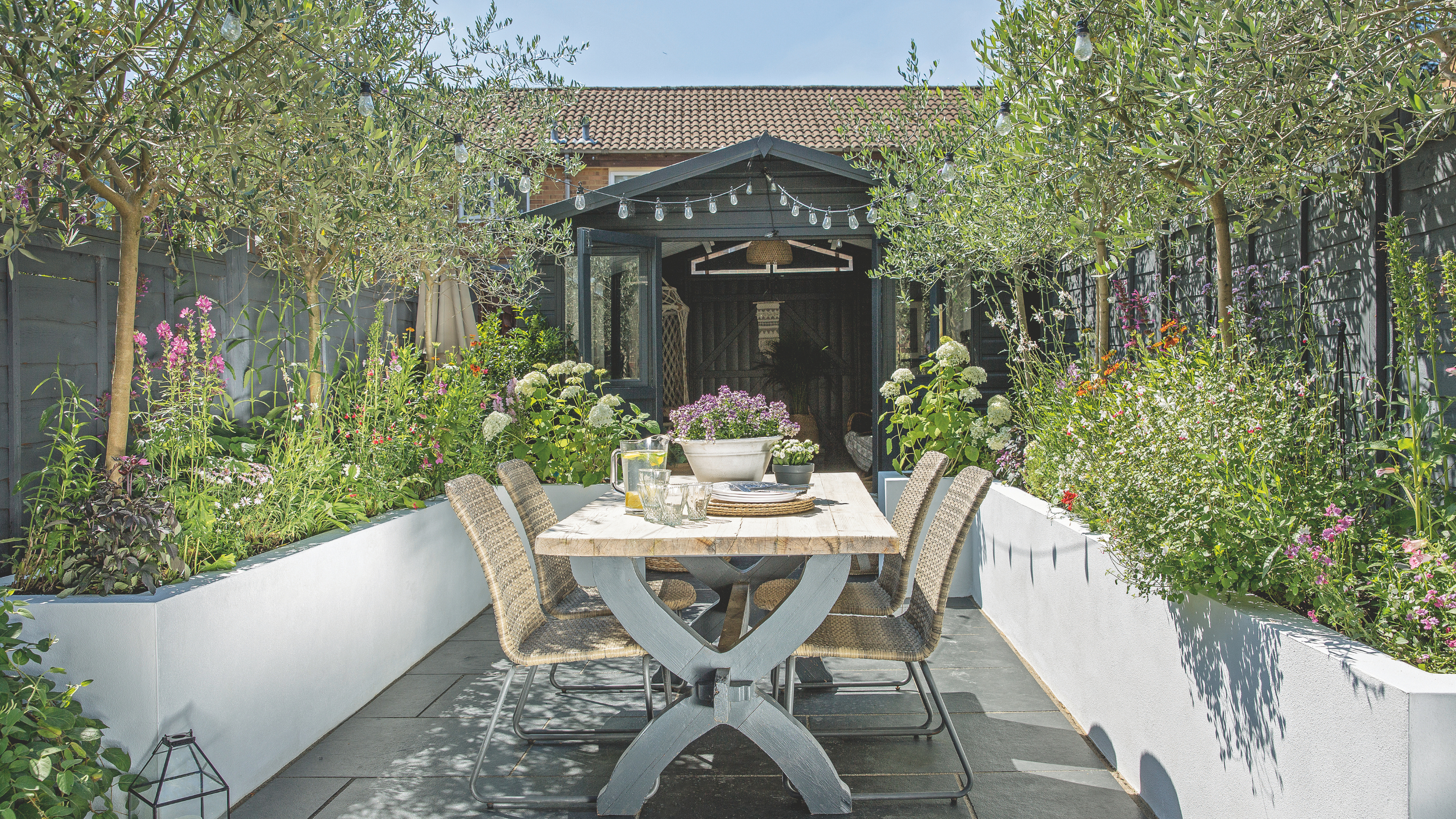

As we start to spend more time in the garden and soak up the spring sunshine, it's time to tackle the jobs that we've previously been able to ignore. And if an annoying, slimy green substance has made a home on your walls, removing algae from garden walls should be the top of your to-do list.
Fortunately, it's fairly easy to learn how to remove algae from garden walls. Similar to removing algae from a patio, and cleaning algae off garden furniture, you just need the right equipment and a little know-how.
I've spoken to gardening experts and asked them to share their top tips to banish this slimy substance for good.
What you'll need
- White vinegar - you can get a 10L bottle for £7.99 on Amazon
- OR, an algae cleaning solution, such as the Wet & Forget Algae Remover, £34.99 from Amazon
- Stiff brush, like this handheld one for £4.95
- Bucket - a collapsible bucket like this is ideal for easy storage (or, a garden hose if you have one)
- Protective gloves - we recommend the Marigold Extra Tough Outdoor Gloves (pack of two for £7.45)
1. Prepare the area
The first step for how to remove algae from garden walls is to move any nearby plants from the area, or cover them with a protective sheet. The last thing you want is any cleaning residue landing on your plants, which is a sure way to stunt their growth.
It's also a good idea to move any outdoor furniture from the vicinity as well, particularly if you've got rattan garden furniture. This type of material doesn't react well with certain cleaning solutions, so it's always better to be safe than sorry.
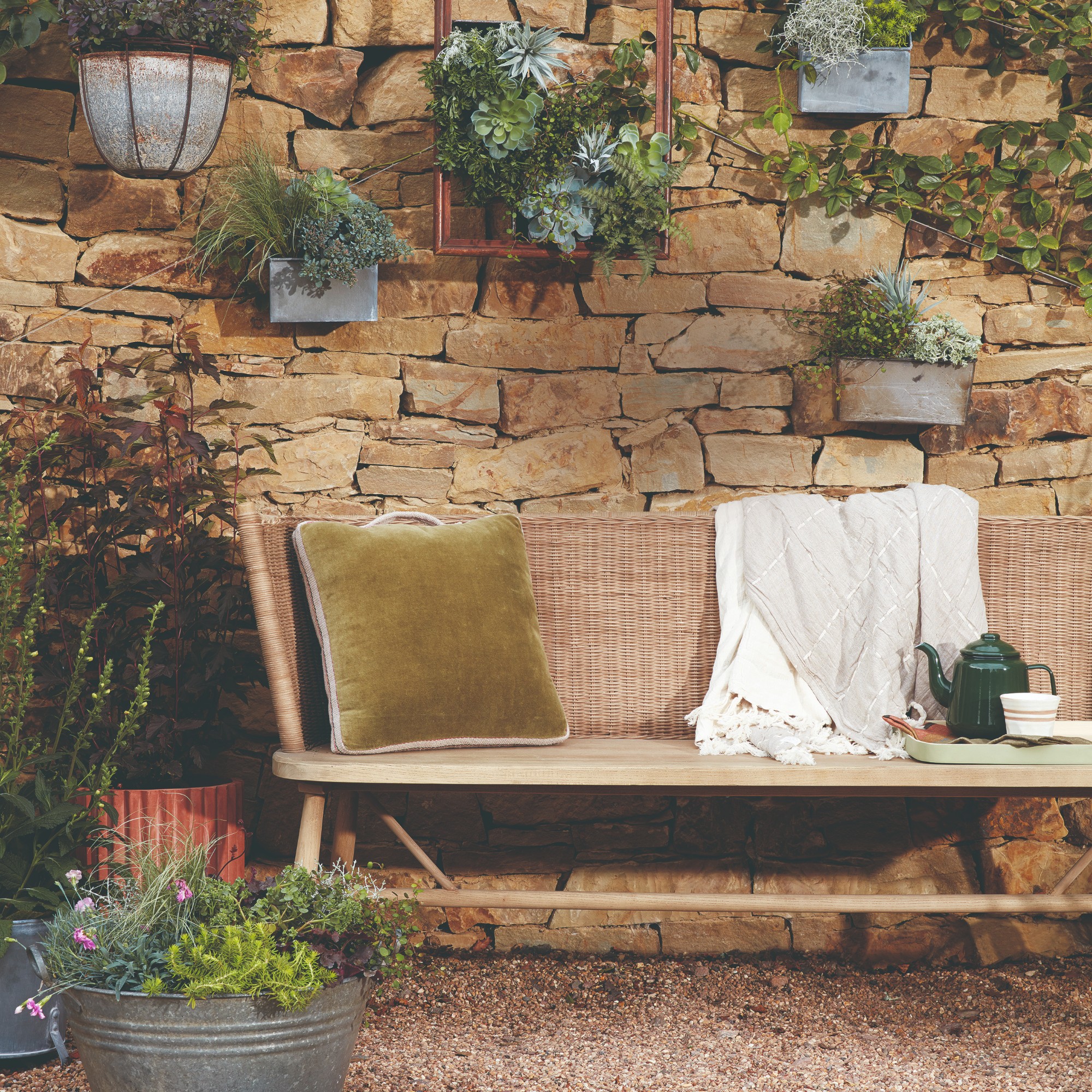
2. Choose your solution
The best solution for removing algae from garden walls really comes down to the severity of the problem, as well as personal preference. You might prefer to stick to natural cleaning products and clean with white vinegar wherever possible, which is often enough to get the walls clean.
'White vinegar is a good option for algae problems due to its acidic properties,' James Higgins, gardening expert at Grass247 says. 'It's a powerful cleaner and effective at breaking down and killing any algae, which is key for any stubborn patches.'
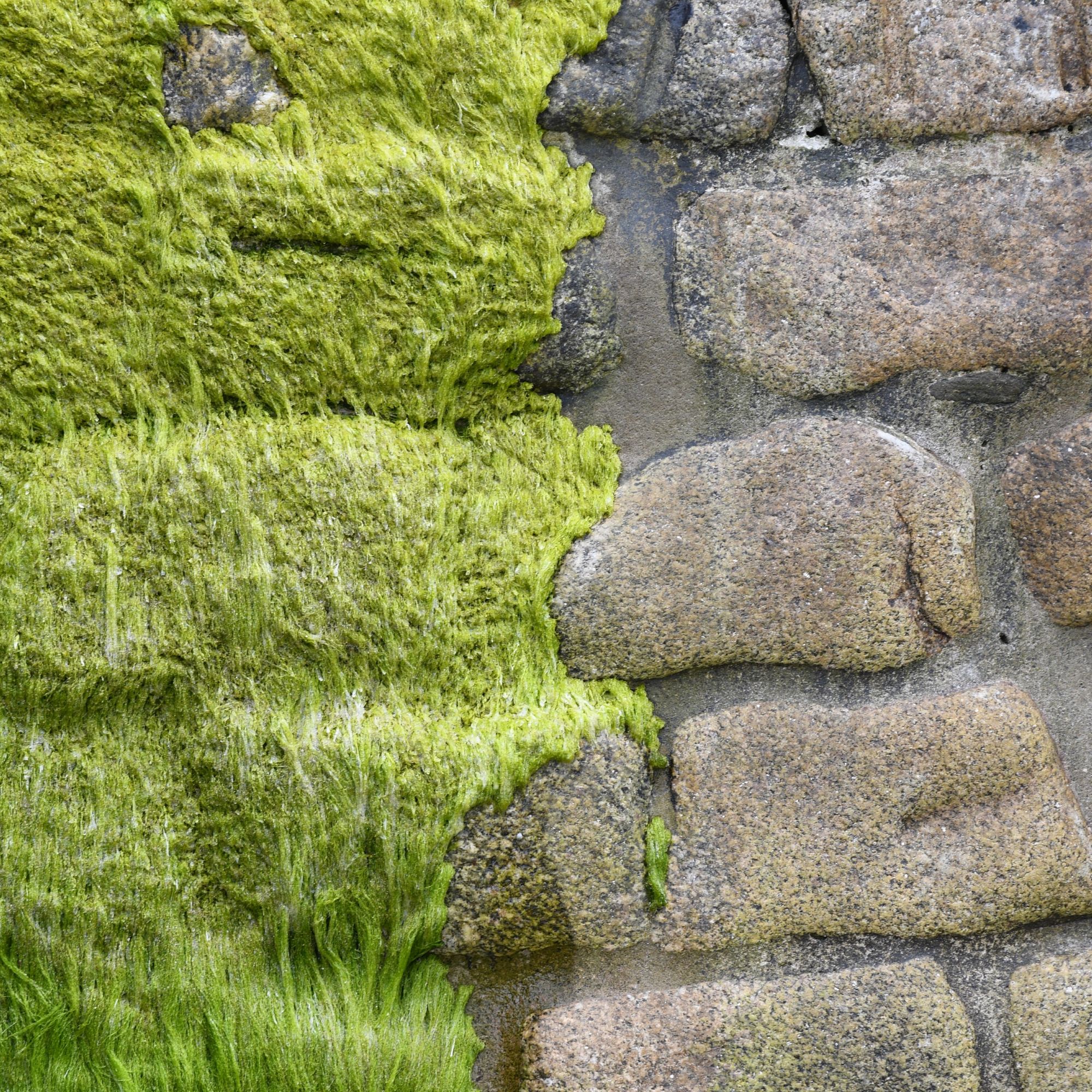
Or, you may prefer to go straight in with a specially-formulated product. There are tonnes of algae removers on the market, but the Wet & Forget Mould, Algae and Lichen Remover from Amazon is one of the most raved about. 'This product has been a total gamechanger for my garden,' Rebecca Russell advocates, cleaning expert and founder of DIY Her Way. 'It’s honestly the easiest and most effective way I’ve found to get rid of green algae.'
We've also put the Wet & Forget algae remover to the test and found it to be a worthy purchase. It's definitely our recommendation if the algae on your garden walls is wide-spread and has been there for a while - but by all means, if you've got some white vinegar handy, try using this first. It might be enough to get the job done.
Note that if you are using vinegar, it's recommended to dilute this with water. Aim for a 1:1 ratio, mixing in an empty spray bottle.
3. Apply your solution to the walls
Once you've made your choice, it's time to apply your solution to the affected area. 'You can use a watering can or spray bottle to apply your chosen solution over the affected area,' Morris Hankinson, Director of Hopes Grove Nurseries recommends. 'Allow it to sit for 15 - 30 minutes to break down the algae.'
It's really important to let your solution sit on the algae before you start scrubbing, so it has a chance to break the substance down.
4. Start scrubbing
With a stiff-bristled brush, work the solution into the wall in a circular scrubbing motion. 'Be thorough, especially in textured areas where algae may be more ingrained and tough to remove,' Morris advises.
Hopefully, letting the solution sit on the algae for half an hour will have made this step easier, and the substance should start to come away as you scrub.
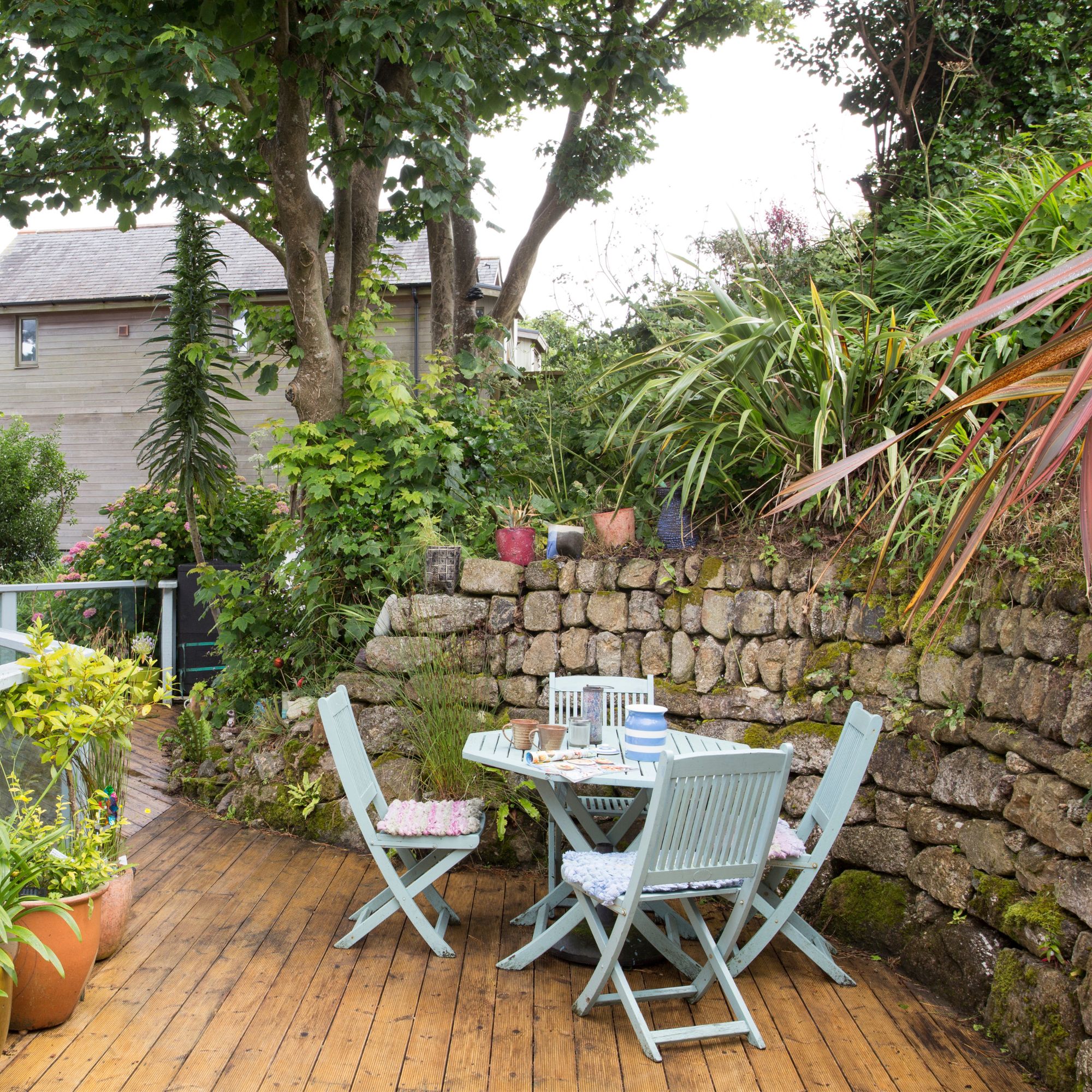
5. Rinse away
When you've managed to remove as much algae as possible, fill your bucket with water and rinse the solution off the walls. You might prefer to use a watering can or a garden hose for this step, if those are available.
The water should remove all of the cleaning solution, plus any leftover pieces of algae that were clinging on during the scrubbing process.
At this point, you'll need to inspect the walls to see if you've got all the algae off. If not, repeat steps three, four and five, this time leaving your solution for even longer before you start scrubbing.
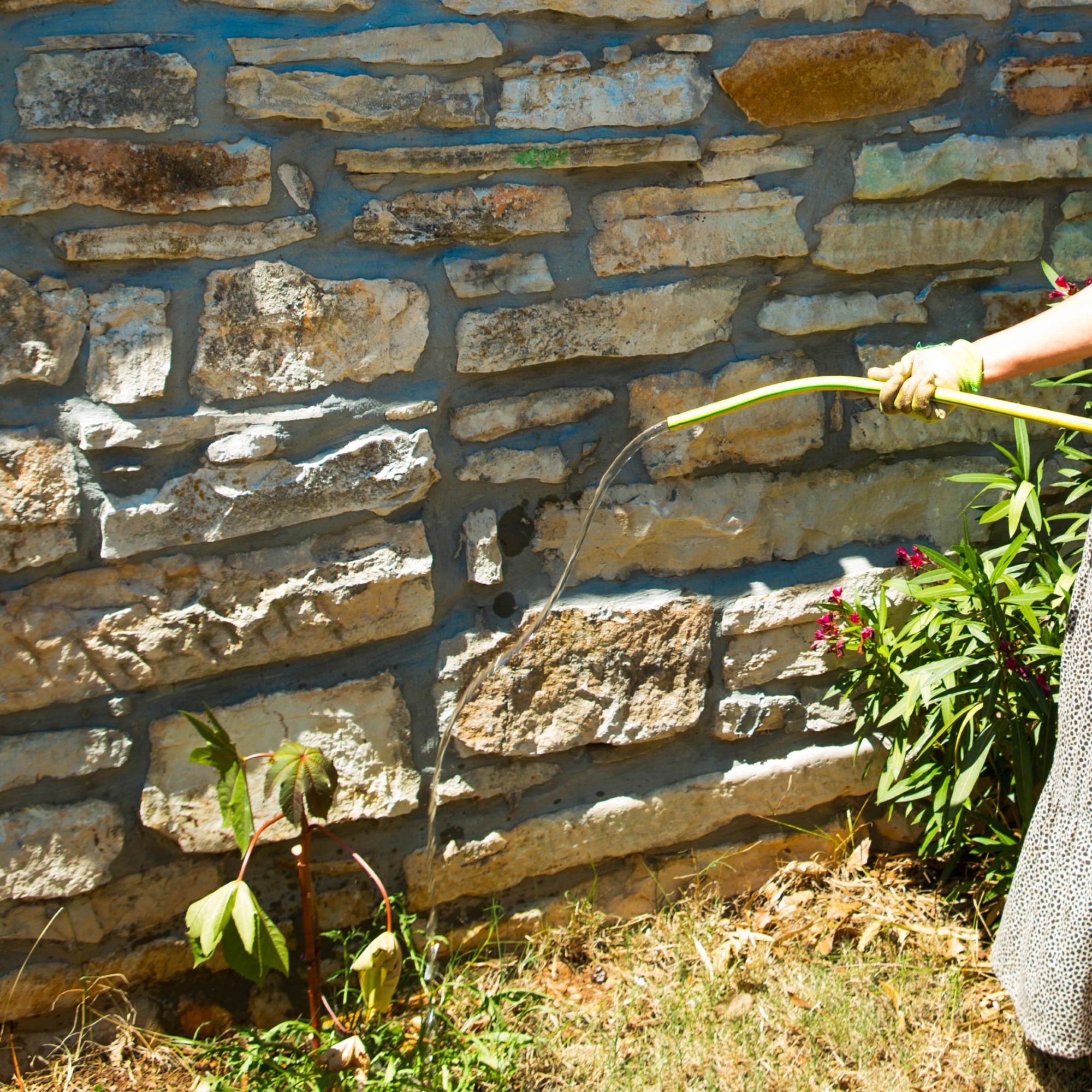
FAQs
What happens if you paint over green algae?
Painting over green algae is a waste of time, and the same applies to on fences and garden furniture, too. Painting over the algae doesn't get rid of it, meaning it's likely going to reappear after a couple of weeks.
'It's a bit like wallpapering over some damp or mould,' Lee Trethewey, General Manager from Sustainable Furniture says. 'Algae thrives in damp, shaded conditions, and if you trap it under a layer of paint, it can continue to grow beneath the surface. This will likely cause the paint to blister, peel or flake off prematurely, meaning your paintwork won't last long at all.'
Instead, take the time to remove the algae first. This will help the paint last as long as possible and give a much smoother finish.
Does washing up liquid remove algae?
Washing up liquid can remove algae from garden walls, furniture, or patio, but only if the problem is minor.
'To use washing up liquid, mix it with some warm water,' Lee advises. 'Use a soft brush or sponge to clean the algae and then rinse the mixture off thoroughly. Make sure you let it dry before you do any painting.'
If this doesn't work, the algae has probably become too settled on the surface for washing up liquid to cut it. Use something stronger, like white vinegar or an algae cleaning product.
Now you know how to remove algae from garden walls, you can look forward to enjoying an algae-free garden for the rest of spring!
Get the Ideal Home Newsletter
Sign up to our newsletter for style and decor inspiration, house makeovers, project advice and more.

Katie has been writing freelance since early 2022, specialising in all things homes and gardens, following achieving a Masters in Media and Journalism. She started out writing e-commerce content for several of Future’s interior titles, including Real Homes, Gardeningetc, Livingetc, and Homes and Gardens. Since then she’s been a regular contributor on Ideal Home’s digital team, covering news topics, how-to guides, and product reviews.
You must confirm your public display name before commenting
Please logout and then login again, you will then be prompted to enter your display name.
-
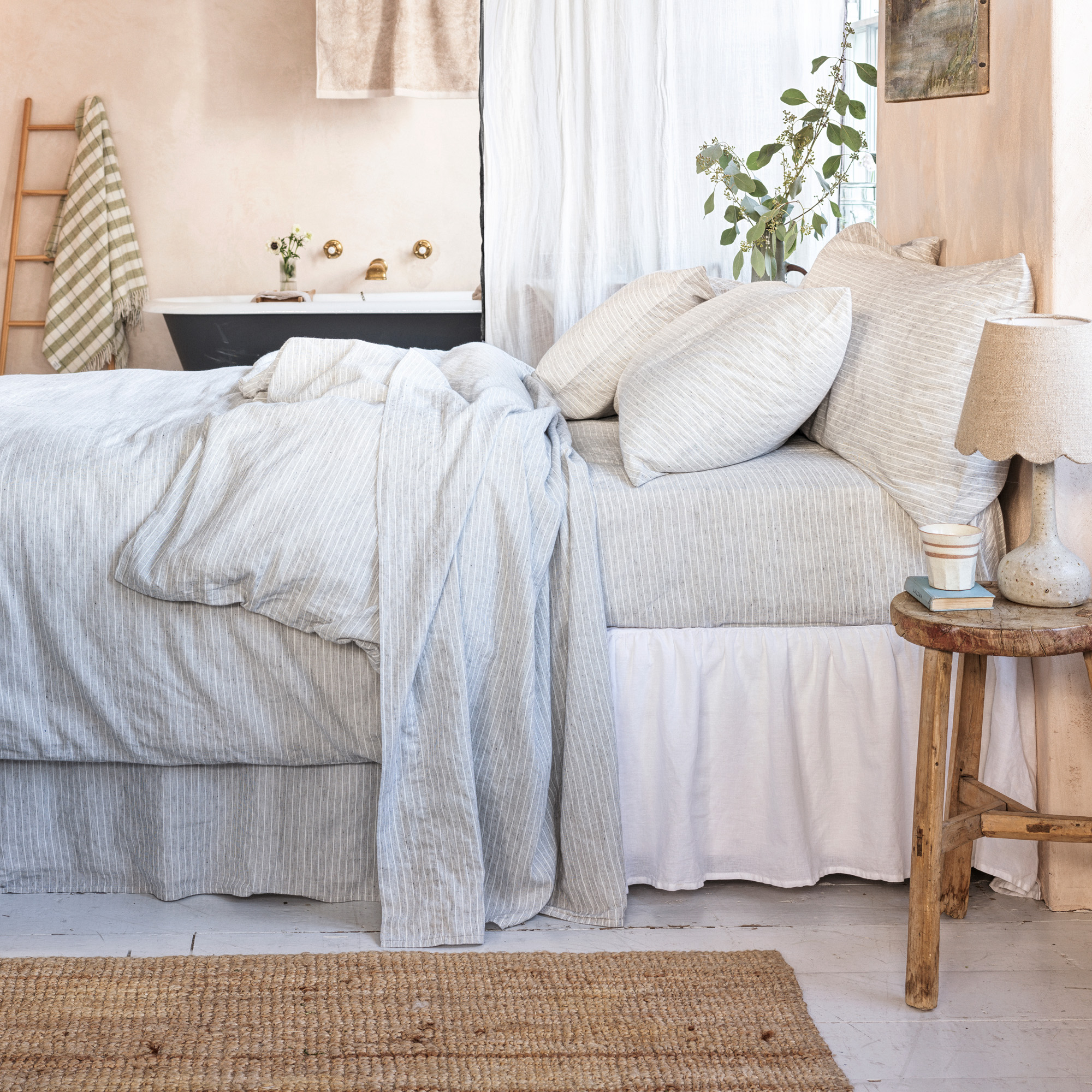 I swore I would never choose a flat sheet over a fitted sheet – but this advice from a bedding expert just changed my mind
I swore I would never choose a flat sheet over a fitted sheet – but this advice from a bedding expert just changed my mindWhy I'm now a 'flat sheet' convert
By Amy Lockwood
-
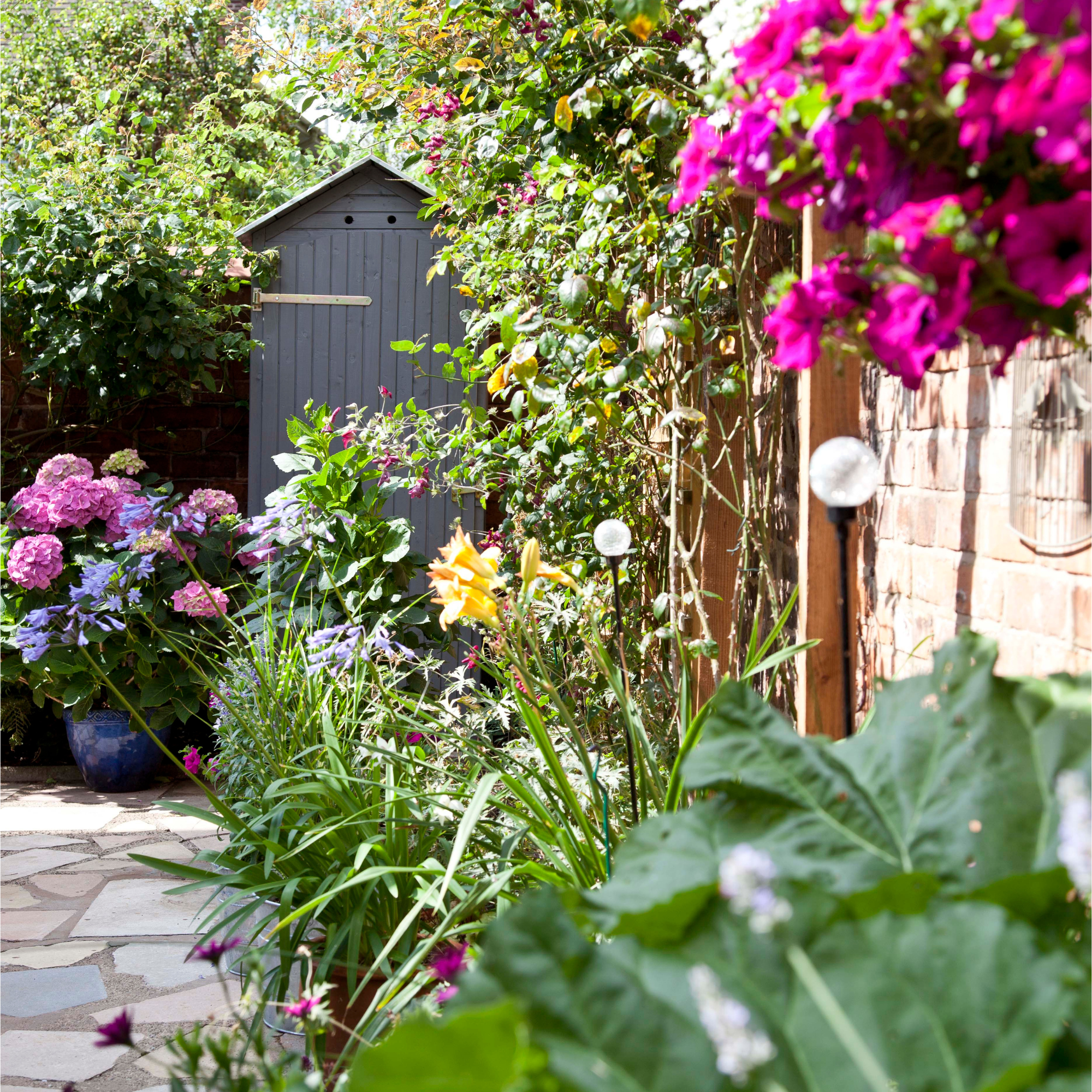 Small garden shed ideas – 5 ways to make the most of this garden building without compromising on space
Small garden shed ideas – 5 ways to make the most of this garden building without compromising on spaceThere's a shed for every garden size – even the tiniest ones!
By Sophie King
-
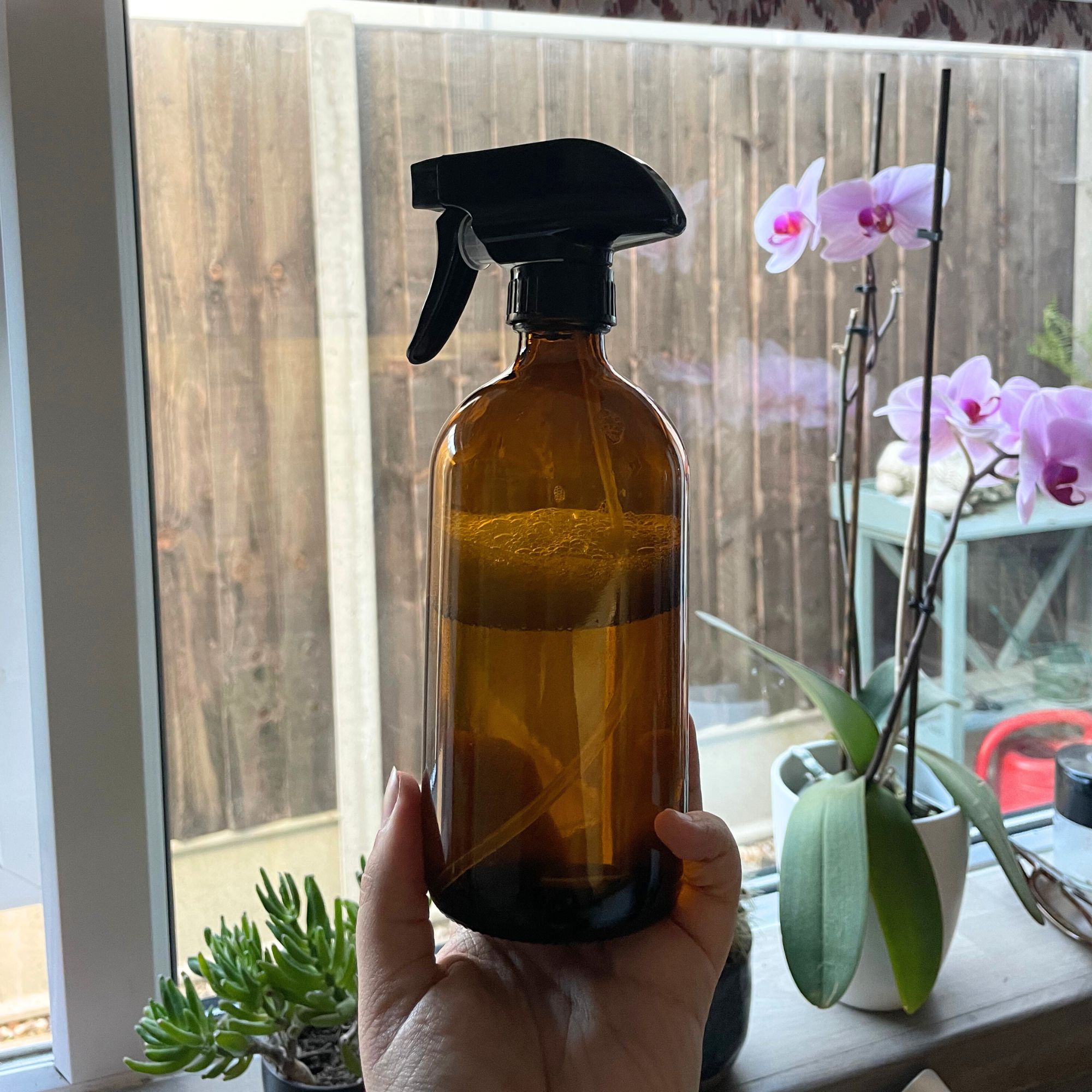 My mum introduced me to Nancy Birtwhistle’s ‘Pure Magic’ recipe - now I don’t think I’ll need to buy another cleaning product ever again
My mum introduced me to Nancy Birtwhistle’s ‘Pure Magic’ recipe - now I don’t think I’ll need to buy another cleaning product ever againI live in a hard water area, and it's the ONLY thing that's removed the limescale in my toilet
By Lauren Bradbury